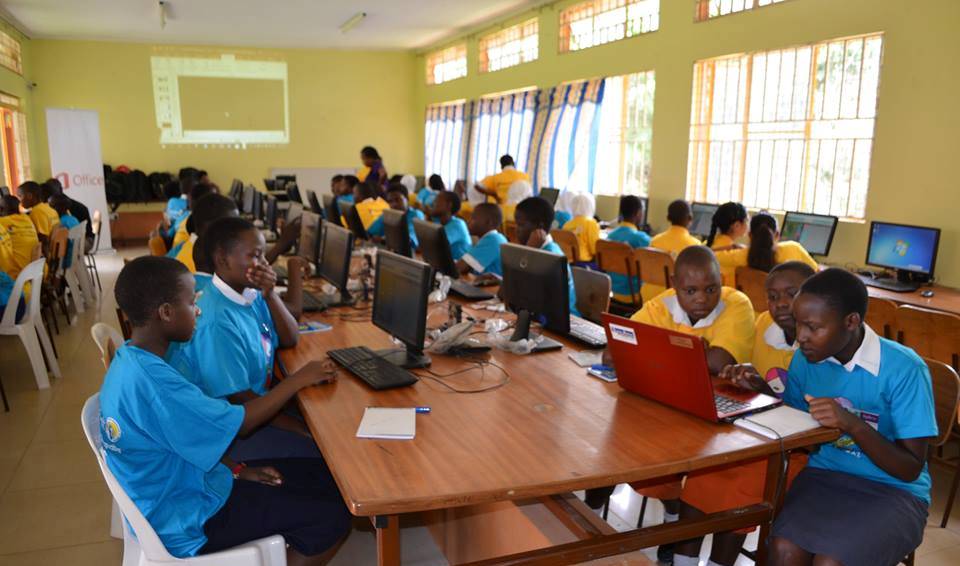The World Bank’s analysis of cross-country data on human capital indicates that Uganda is underinvesting in the future productivity of its citizens. A child born in Uganda today will only be 38 percent as productive when she grows up as she could be if she enjoyed complete education and full health, says the 13th edition of Uganda Economic Update authored by the World Bank Group.
According to the report, Uganda is ranked among the countries in the lowest quartile of the Human Capital Index (HCI) distribution, with an index slightly lower than the average for the Sub-Saharan Africa (SSA) region, and below what would be predicted by its income. “Uganda’s low ranking in the HCI is mainly due to the country’s low education outcomes,” the report says.
The report launched on Thursday at Makerere University, says a child born today in Uganda is expected to complete only 7 years of education by age 18, compared to a regional average of 8.1. Because of the low levels of learning achievement in Uganda, this is only equivalent to 4.5 years of learning, with 2.5 years considered as “lost” due to poor quality of education. Uganda’s score on this component is the lowest amongst the comparator countries and below the SSA average.
To improve its ranking in the HCI, the report says Uganda needs to adopt a dual priority approach focusing on schooling, specifically on expanding access to pre-primary and secondary education, and learning, through improving quality at all levels. “The country currently shows extremely low gross enrollment rates (GER) at pre-primary and secondary levels. In primary education, the near-universal access veils very modest completion rates and alarmingly low learning outcomes,” it says.
With the system’s current quality, efficiency, financing characteristics and trends, it is expected that enrollment rates in primary and secondary education will stagnate and decline by 2025. This would be a major setback, rarely seen in any country in a time of peace, it says.
To rectify the above trend, the report says Uganda needs a three-pronged strategy that aims at; improving the quality and the completion rate of primary education, expanding access to secondary education while improving its quality, equity and efficiency and devising ways to finance such efforts in a sustainable manner given that absorbing the enrollment increases will cost an additional US$ 330 million on average per year from 2019–25.
To bridge the budget gap, in addition to raising efficiency, the report says the government needs to mobilize extra public resources. “The government should gradually increase its levels of spending on education with a view to allocate 16 percent of the budget by 2025, which is the average for countries in SSA. This could generate up to US$1.6 billion in additional resources between 2019 and 2025,” it says.
The report says the private sector needs to be utilized better, as it often delivers similar results at a lower cost compared to the public sector. “This can be achieved through introducing subsidies to support vulnerable children and using the non-state sector to manage schools. “Efficient engagement of non-state providers should generate significant savings, as compared to the heavy fiscal burden the government would incur because of the current withdrawal of the PPP scheme,” it says.







